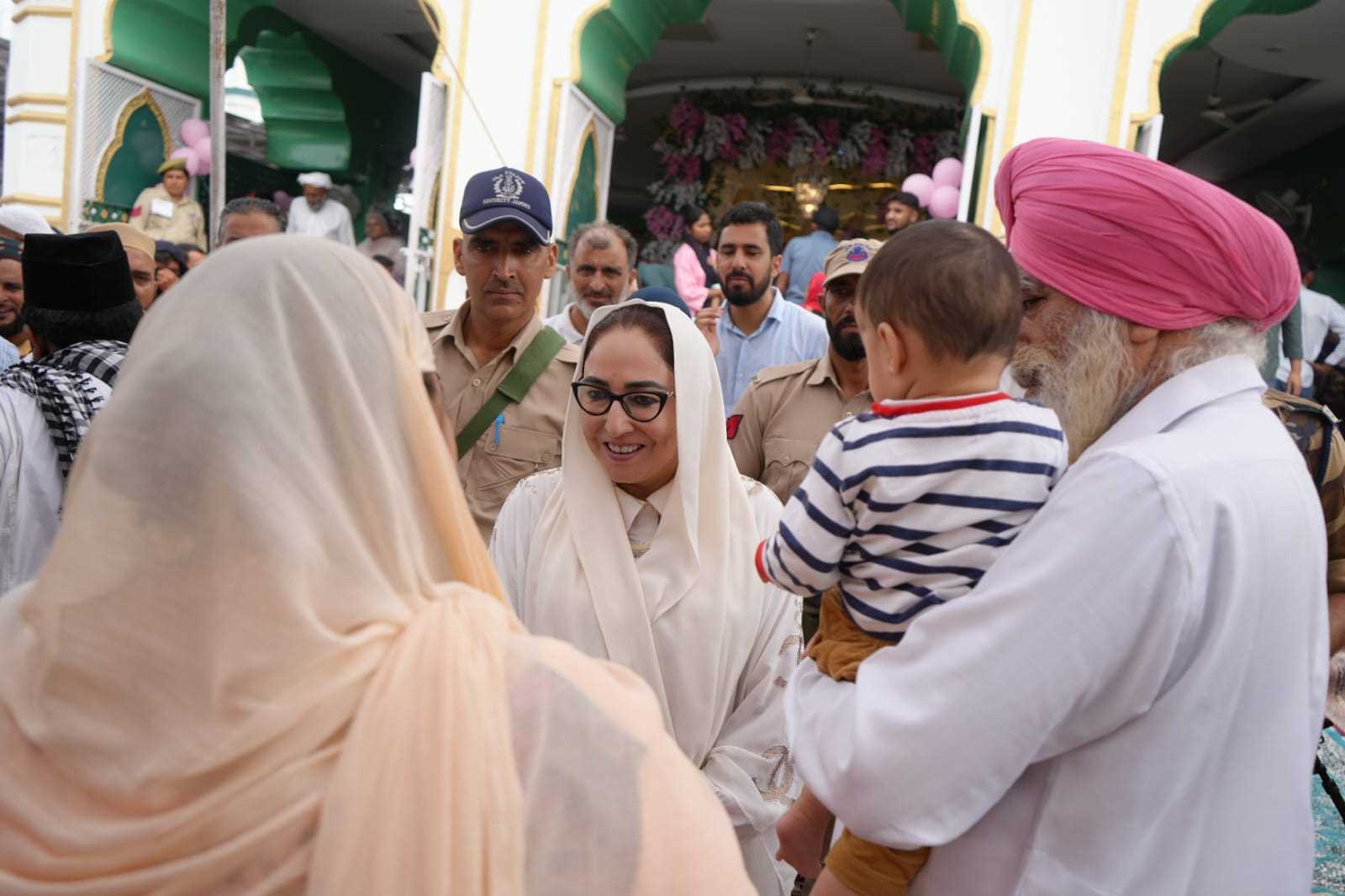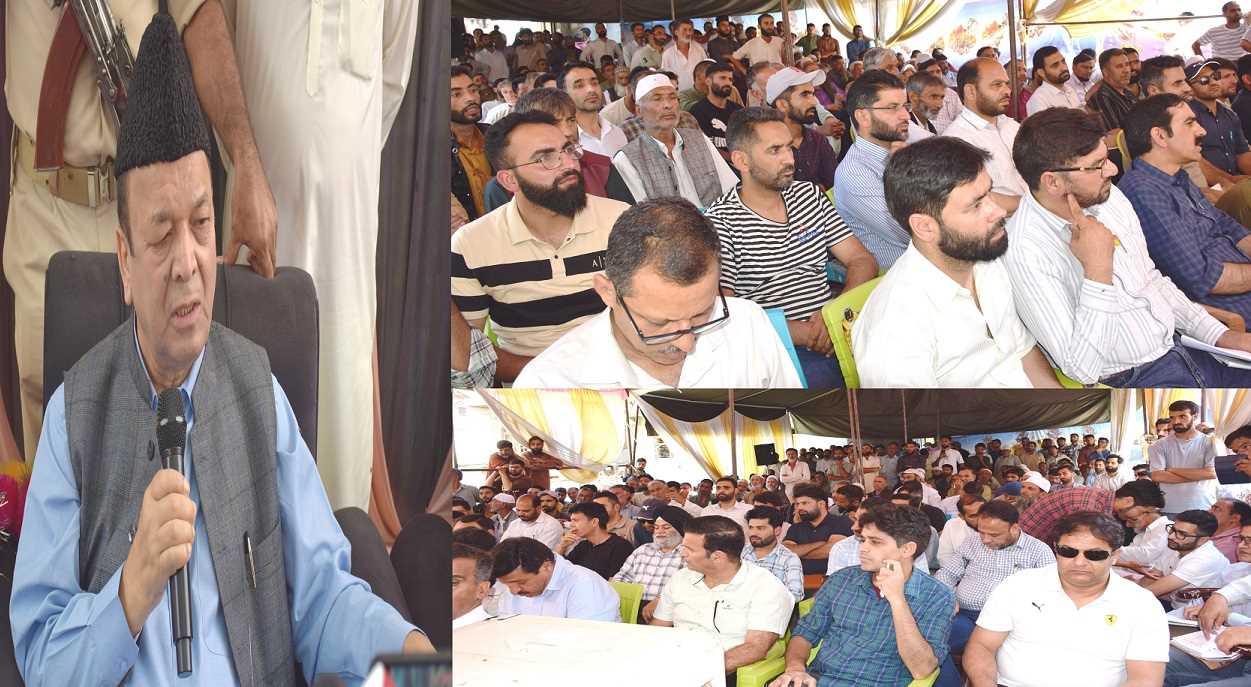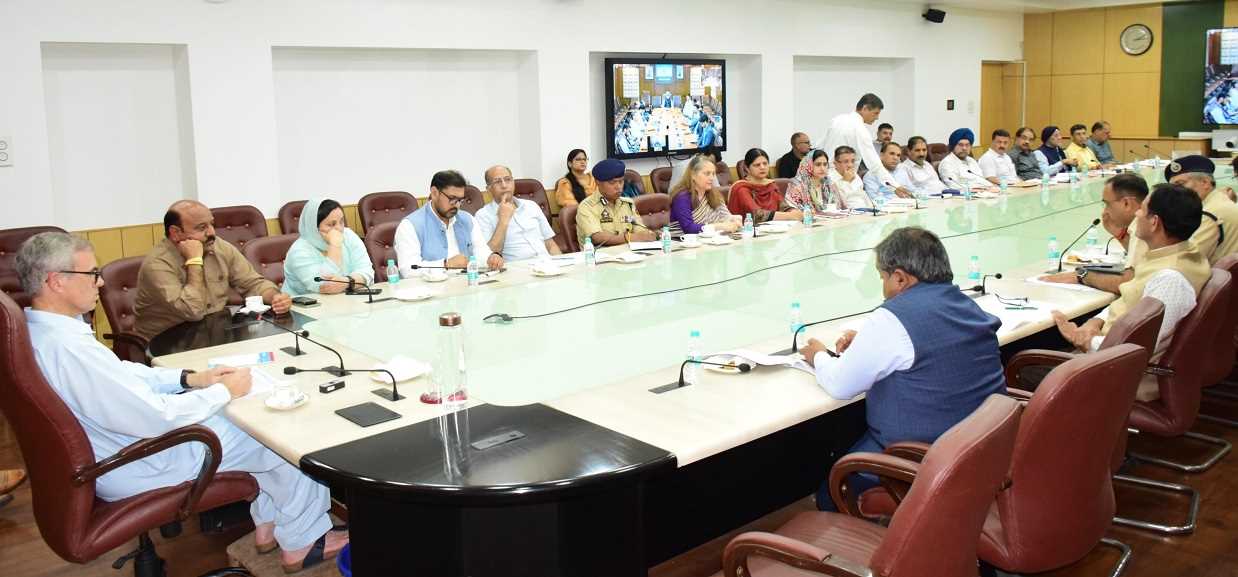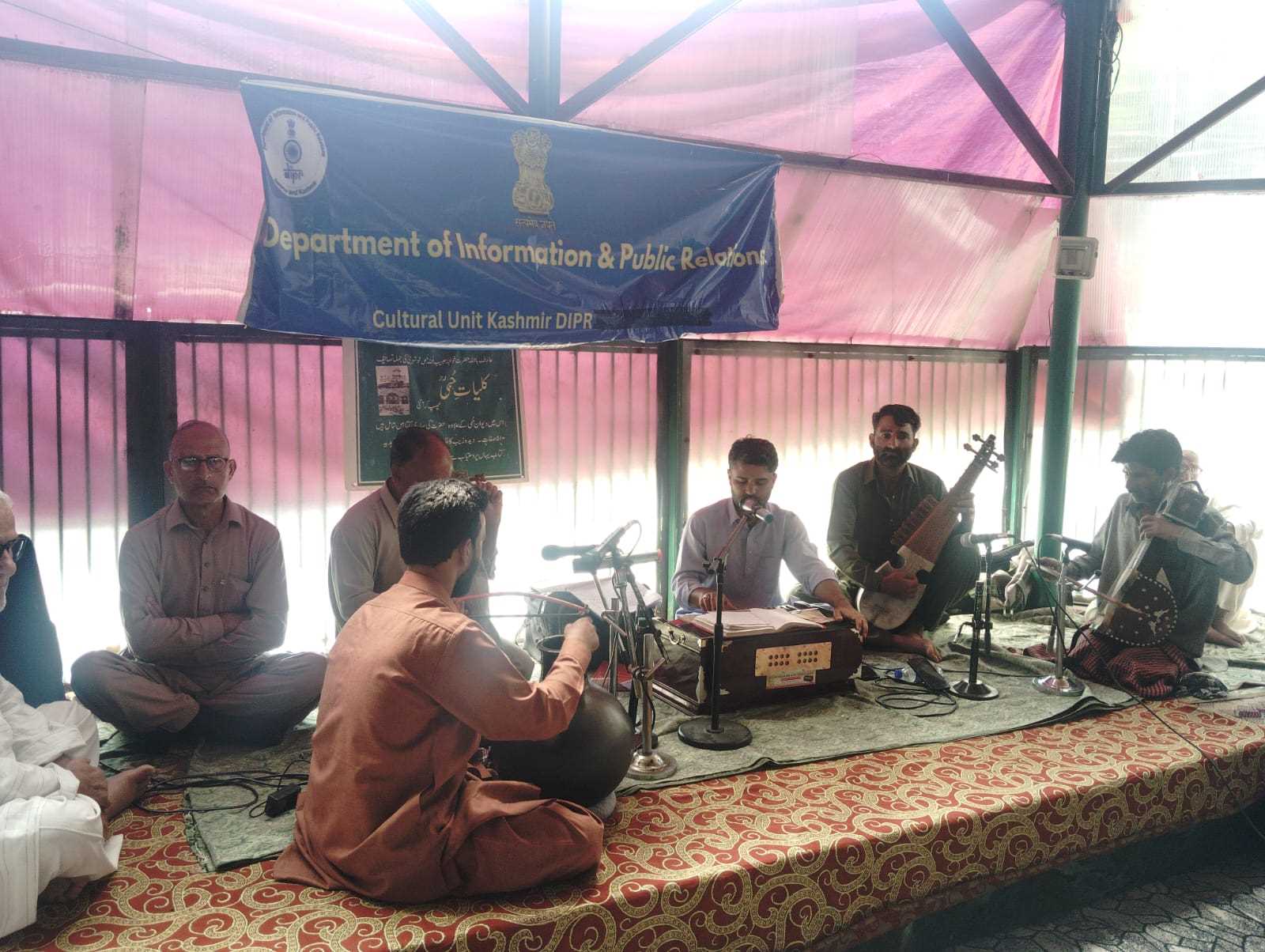Every year on April 18, the world pauses to celebrate a shared legacy our cultural and natural heritage. Known formally as the International Day for Monuments and Sites, World Heritage Day serves as a reminder of the rich tapestry of human civilization and the breathtaking wonders of nature that have shaped and defined communities for generations. It is a day not only of celebration but also of commitment—to conserve, protect and respect the diverse heritage that gives meaning to our existence.
The concept of heritage is deeply rooted in the soul of humanity. It transcends geographical boundaries, linguistic differences and political ideologies. Whether it's the ancient ruins of Machu Picchu nestled in the Andes, the grand domes of the Hagia Sophia in Istanbul, or the pristine ecosystems of the Galápagos Islands, heritage embodies the collective memory of humanity. These sites and monuments speak of who we are, where we came from and the paths we have tread to reach the present. They are storytellers etched in stone, soil and tradition.
World Heritage Day originated in 1982, when the International Council on Monuments and Sites proposed the idea to celebrate and raise awareness about the importance of cultural heritage. The following year, UNESCO endorsed the proposal during its General Conference and since then, April 18 has been marked as a day to foster appreciation for heritage and encourage its preservation. The day now holds special relevance in a rapidly modernizing world, where urbanization, climate change, conflict and neglect threaten the very essence of what makes our world unique.
Each year, World Heritage Day is celebrated with a specific theme, highlighting different dimensions of heritage. These themes encourage discourse, education and participation, making heritage preservation a shared societal responsibility. From "Rural Landscapes" to "Shared Cultures, Shared Heritage, Shared Responsibility," each year's focus explores the vast range of heritage sites and the nuanced challenges they face.
The importance of heritage preservation cannot be overstated. Cultural heritage—encompassing historical monuments, traditional architecture, archaeological sites and intangible traditions anchors communities in their identity. It provides continuity in an ever-changing world, serving as a source of pride, belonging and unity. When communities rally around a shared cultural narrative, it strengthens social cohesion and mutual understanding. Festivals, oral traditions, dances, crafts and rituals are living embodiments of heritage, passed down through generations and constantly evolving to suit new contexts. Without deliberate efforts to safeguard them, these traditions risk fading into oblivion.
Natural heritage, too plays a vital role in our lives. The majestic mountains, serene lakes, dense forests and fragile coral reefs designated as World Heritage Sites are not only visually stunning but also ecologically essential. They offer habitats for endangered species, regulate our climate, and provide sustenance and spiritual inspiration to local communities. Protecting these ecosystems ensures the survival of biodiversity and safeguards the planet for future generations.
In recent decades, however, the challenges to heritage preservation have grown more complex. Armed conflicts, terrorism and vandalism have devastated heritage sites in regions like Syria, Iraq and Afghanistan. Historical cities and sacred sites have been reduced to rubble, erasing centuries of human history in a matter of days. The loss of heritage in conflict zones is not just a cultural tragedy it is a wound to humanity’s collective soul, a calculated attack on identity and memory.
Climate change, too is an insidious threat. Rising sea levels, desertification, floods and extreme weather events are putting an increasing number of heritage sites at risk. Venice, the city of canals, is gradually sinking, He glaciers of Yellowstone are melting coral reefs are bleaching at an alarming rate. These transformations are irreversible and unless urgent action is taken, many heritage wonders may exist only in history books in the not-so-distant future.
Urban development and tourism, while offering economic opportunities, can also be double-edged swords. The influx of tourists often leads to wear and tear on ancient monuments, pollution and commercialization of sacred spaces. Over-construction and unregulated expansion can disrupt the harmony of historic neighborhoods, replacing age-old charm with concrete uniformity. Balancing progress with preservation requires careful planning and the involvement of local communities.
One of the most encouraging trends in recent years has been the growing participation of communities in heritage conservation. Gone are the days when preservation was viewed as the exclusive domain of historians, archaeologists or governments. Today local residents’ activists, students and artists are actively contributing to safeguarding their heritage. Community-led initiatives have successfully restored old buildings, revived forgotten festivals and documented oral histories, breathing new life into traditions that were on the brink of extinction.
Education plays a pivotal role in this process. By instilling a sense of appreciation and responsibility among young people, societies can ensure that future generations become stewards of their heritage. Schools, museums, cultural institutions and digital platforms have become powerful tools to disseminate knowledge and foster a sense of ownership. The use of technology, including 3D scanning, virtual reality and digital archiving, has revolutionized the way we document and experience heritage, making it more accessible and engaging.
Another vital aspect of heritage preservation is inclusivity. For too long, heritage narratives have been dominated by elite histories, often sidelining the contributions of marginalized communities. World Heritage Day is an opportunity to broaden our understanding of heritage to include the voices of indigenous peoples, women, minorities and other underrepresented groups. Their stories, customs and wisdom form an integral part of our collective heritage and deserve recognition and respect.
In the Indian context, World Heritage Day holds special resonance. With a civilization stretching back thousands of years, India is home to an astonishing array of heritage sites from the sun-kissed temples of Khajuraho to the Mughal splendor of the Taj Mahal, from the rock-cut caves of Ajanta and Ellora to the Himalayan monasteries of Ladakh. These monuments, alongside India’s vibrant festivals, traditional arts and languages are testimonies to the country’s cultural diversity and resilience. However, they also face challenges such as pollution, overcrowding and insufficient maintenance. It is imperative for government bodies, heritage experts and citizens to come together and ensure that this treasure trove is protected.
In Kashmir, the idea of heritage holds an even more poignant significance. The region’s ancient shrines, wooden mosques, carpet weaving traditions and Sufi music are rich with centuries of syncretic culture. Yet, prolonged conflict and natural calamities have taken a toll on many of these elements. On World Heritage Day, it becomes especially important to recognize the need to preserve Kashmir’s unique identity, not merely as a tourist destination but as a living museum of history and harmony. The rebuilding of old shrines, promotion of local art and safeguarding of oral traditions in Kashmir are steps that deserve support and celebration.
As we observe World Heritage Day, it is crucial to understand that heritage is not a static relic of the past it is a living, breathing entity that evolves with time. It is shaped not just by bricks and stones but by the values, dreams and struggles of people. Preserving heritage is not merely about restoring a crumbling wall or cataloging ancient artifacts. It is about nurturing a sense of belonging, promoting intercultural dialogue and fostering respect for different ways of life.
In a world often divided by conflict, fear and misunderstanding, heritage can act as a powerful unifier. It reminds us that despite our differences, we all share a common human journey. The preservation of heritage, therefore, is not a luxury—it is a necessity. It is a bridge between the past and the future, a mirror reflecting our greatest achievements and our deepest wisdom.
On this World Heritage Day, let us renew our commitment to protecting the legacy that has been entrusted to us. Let us listen to the stories whispered by ancient stones, celebrate the melodies of forgotten songs and walk gently through the sacred landscapes of our ancestors. For in doing so, we not only honor those who came before us we also pave the way for those yet to come.









